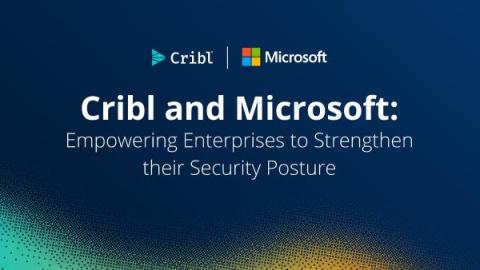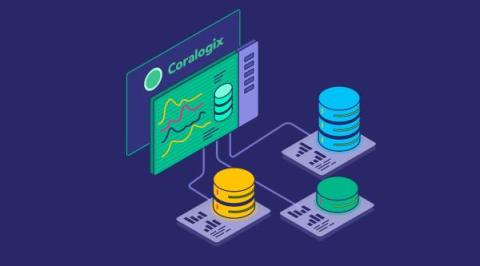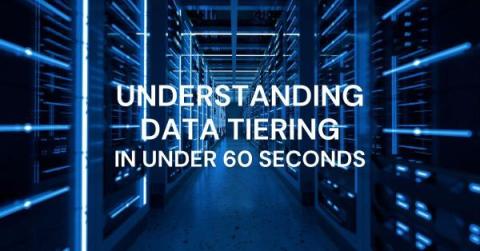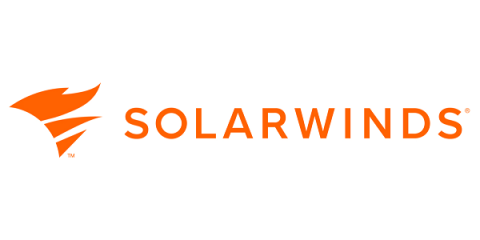Monitoring vs Observability: What is Reality?
Before we start, I have a confession: I absolutely love Digg (people are still Digging things, right?) errr...Reddit. It actually is my front page to the internet, where I research upgrades for my home lab/VR/other niche hobbies, watch silly videos, ingest low-effort memes, judge if people are ‘AHs’ or not on /r/amitheasshole, and occasionally talk trash to other Redditors about my Michigan-based sports teams.











